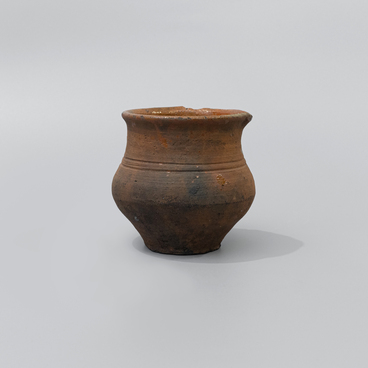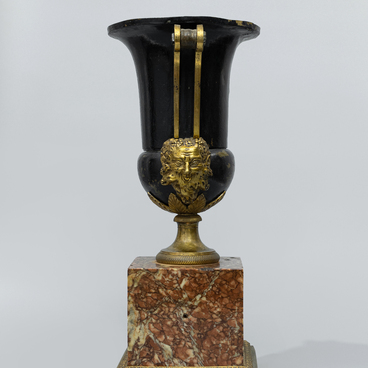According to one version, the word “balalaika” has a Turkic origin, while according to another, it comes from similar Slavic words. This plucked stringed musical instrument was first mentioned in writing in the late 17th century.
Over time, the instrument became so popular that it was present at all festivities. Peasants made balalaikas from various improvised materials. In the Russian North, they used hollowed-out wooden buckets with gut strings. It is believed that the early balalaikas were round, but later, shovel-shaped instruments appeared. Eventually, the triangular shape became the main variation in the Russian Empire.
Skilled craftsmen could create a balalaika without using any nails whatsoever. In the 18th century, the instruments were mass produced, but in the 19th century, the balalaika experienced a decline. Still, in the latter half of the 19th century, the musician and composer Vasily Vasilyevich Andreyev (1861–1918) revived interest in the instrument.
In 1883, the future balalaika virtuoso took up the modernization of traditional folk instruments. At that time, violin makers were reluctant to touch the balalaika because it was considered a common peasant instrument. However, Vasily Andreyev found some skilled craftsmen, organized balalaika learning courses, and formed his own ensemble. This marked the beginning of a new era for the balalaika.
The balalaika eventually became a popular concert instrument, with complex compositions being written for it. The balalaika evolved from a primitive strumming toy into a professional musical instrument. Vasily Andreyev toured not only around the Russian Empire but also in various European countries, where his performances were well-received.
The balalaika often appeared in paintings, graphics, and decorative and applied art of the Russian Empire and USSR. It can be found on Palekh boxes, and on Dymkovo toys where peasants, gypsies, and bears are depicted playing the instrument. The balalaika is also depicted on porcelain products, such as figurines of young men, peasants, and bears holding the instrument. In 1987, the artist and ceramist Natalya Sergeyevna Rotanova even created a porcelain vase shaped like a balalaika. The musical instrument was often featured in lubok prints.

